No Mountains to Train On?
-------
If you’re anything like me, you live somewhere flat. Very flat. OCR has you hooked, and all the ‘big’ races seem to happen in the mountains. So, how do you train for mountain races when you live somewhere flat? Although not ideal, it CAN be done. I’ve been doing it for a few years now and have learned what works (and what doesn’t) to get you prepped for racing in the mountains when you don’t live anywhere near mountains. Here are 5 simple changes you can make to your training to help get you ready for the mountains.
1) Quality over Quantity.
What do I mean by this? Even though you may not have access to mountains, you most likely have access to SOME sort of hill w/in an hour drive of where you live. Even if the hill is tiny in comparison to what you’ll be racing on you can use small hills as a great training tool to get ready for BIG mountains. How do you do it? My advice is to hit intense hill repeats MUCH faster/harder than you would be able to sustain going up a longer mountain. My favorite workout when you only have access to small hills is called ‘Chutes & Ladders.’ It’s a workout Brakken Kraker showed me when I first got into the sport and it’s been a staple for me ever since. The workout goes as follows: Find a hill that takes you 30+ seconds to run up. Run at race effort (hard!) up, down, up down. Then rest ½ the amount of time it took you to complete the interval. So, let’s say the entire repeat (up down up down) took you 3 minutes. Then rest 90 seconds and rinse and repeat 6-12 times. This intensity will help build the power and stamina you need to climb big mountains.
2) The Treadmill.
 The treadmill gets a bad rap in our sport but it’s a great tool when you don’t have access to mountains. A lot of mountain racing is done between a 10%-25% grade, so even a treadmill that only goes up to 15% incline is a great tool to use in prep for a mountain race. Even better? Get yourself an incline trainer that goes up to 40%+ incline. My advice is to take a staple workout you’d do on the track or flat terrain and translate it to the incline treadmill/trainer. For example, take a staple track workout of 12 x 400m w/ 60 seconds rest. Let’s say it takes you roughly 75 seconds per 400m repeat. You can simply set the treadmill to 15% and go hard for 75 seconds then rest for 60 seconds. Most any ‘flat ‘ workout can be translated to the treadmill and be very effective to help you get your climbing legs ready. As a note: if you search hard enough a lot of gyms are now carrying incline trainers so call around and find one that has them. It will be a game changer for your training.
The treadmill gets a bad rap in our sport but it’s a great tool when you don’t have access to mountains. A lot of mountain racing is done between a 10%-25% grade, so even a treadmill that only goes up to 15% incline is a great tool to use in prep for a mountain race. Even better? Get yourself an incline trainer that goes up to 40%+ incline. My advice is to take a staple workout you’d do on the track or flat terrain and translate it to the incline treadmill/trainer. For example, take a staple track workout of 12 x 400m w/ 60 seconds rest. Let’s say it takes you roughly 75 seconds per 400m repeat. You can simply set the treadmill to 15% and go hard for 75 seconds then rest for 60 seconds. Most any ‘flat ‘ workout can be translated to the treadmill and be very effective to help you get your climbing legs ready. As a note: if you search hard enough a lot of gyms are now carrying incline trainers so call around and find one that has them. It will be a game changer for your training.
3) ‘Compromised Running’ Workouts.
 What does this mean? It means tire the heck out of your legs before running so they are used to running fatigued. I do A LOT of compromised running in my training. More specifically, do plyometric strength work that fatigues the legs and go immediately into a run. An example of this would be doing jump lunges, jump squats, tuck jumps, box jumps, etc. before going into a hard burst of running. A workout I like to prep for the mountains is ‘compromised 600m repeats.’ In essence, you do 30 jump squats, 30 jump lunges, 20 box jumps, or 20 tuck jumps immediately into a 600m repeat. Your legs are jelly by the time you start running and this helps simulate the fatigue mountains bring on your legs when running at an intense effort. You can implement this style of training to any workout with any movement that fatigues your legs first.
What does this mean? It means tire the heck out of your legs before running so they are used to running fatigued. I do A LOT of compromised running in my training. More specifically, do plyometric strength work that fatigues the legs and go immediately into a run. An example of this would be doing jump lunges, jump squats, tuck jumps, box jumps, etc. before going into a hard burst of running. A workout I like to prep for the mountains is ‘compromised 600m repeats.’ In essence, you do 30 jump squats, 30 jump lunges, 20 box jumps, or 20 tuck jumps immediately into a 600m repeat. Your legs are jelly by the time you start running and this helps simulate the fatigue mountains bring on your legs when running at an intense effort. You can implement this style of training to any workout with any movement that fatigues your legs first.
 4) Get on the Bike.
4) Get on the Bike.
Simple yet effective. Nearly the same muscles are engaged in the same manner when biking as are used when running up mountains. Adding a bike ride after, before, or in place of your run workouts 2x/wk will absolutely help prep your glutes and quads for the strain of mountain running thus making you a better mountain runner. Enough said there.
5) Strength Work Targeting Your ‘Climbing Muscles.’
Add in the following movements once or twice per week to supplement your running to get your legs ready to climb.
- Single Leg Box Spring Ups
- Box Squat Jumps
- Narrow Stance Barbell Squats
- Jump Squats
- Jump Lunges
- High Rep Leg press
My advice is to create a circuit and go through the movements quickly. Basically turn it into an interval session. For example: 15 split squats per leg, 15 box spring ups per leg, 20 jump squats, 20 jump lunges. All done as quickly as possible in succession. Rest 2 minutes and rinse & repeat 3-6 times. These types of circuits will BLOW your legs up as much or more as any mountain can and get you ready to climb.
So there you have it. 5 different ways you can ramp up your mountain running even if you don’t have access to mountains. Have questions on the above? Find me on Instagram @KirkDeWindtPT and send me a message or shoot me an email @ kirk.dewindt@gmail.com
Now get training!
-Kirk


 4) Get on the Bike.
4) Get on the Bike.


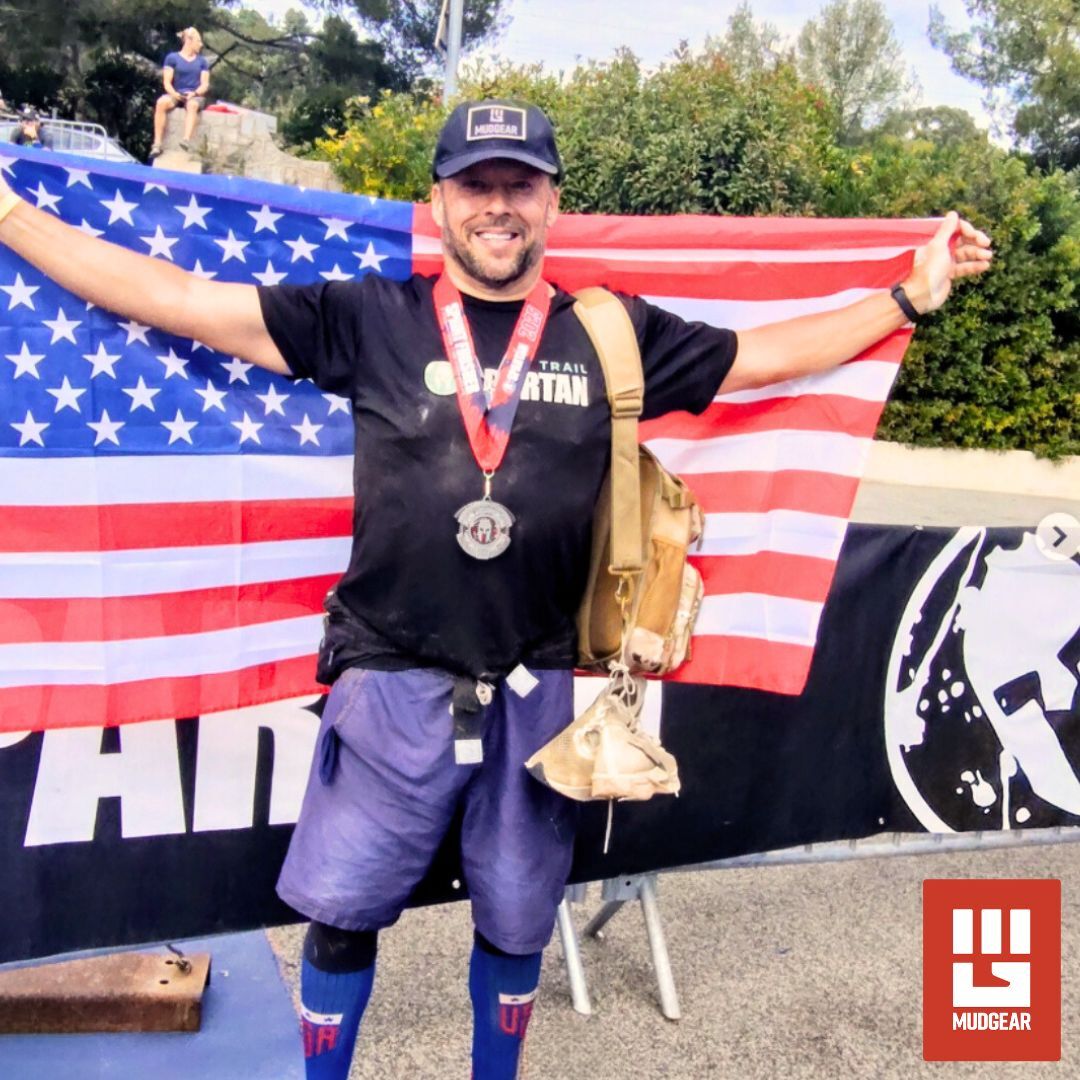
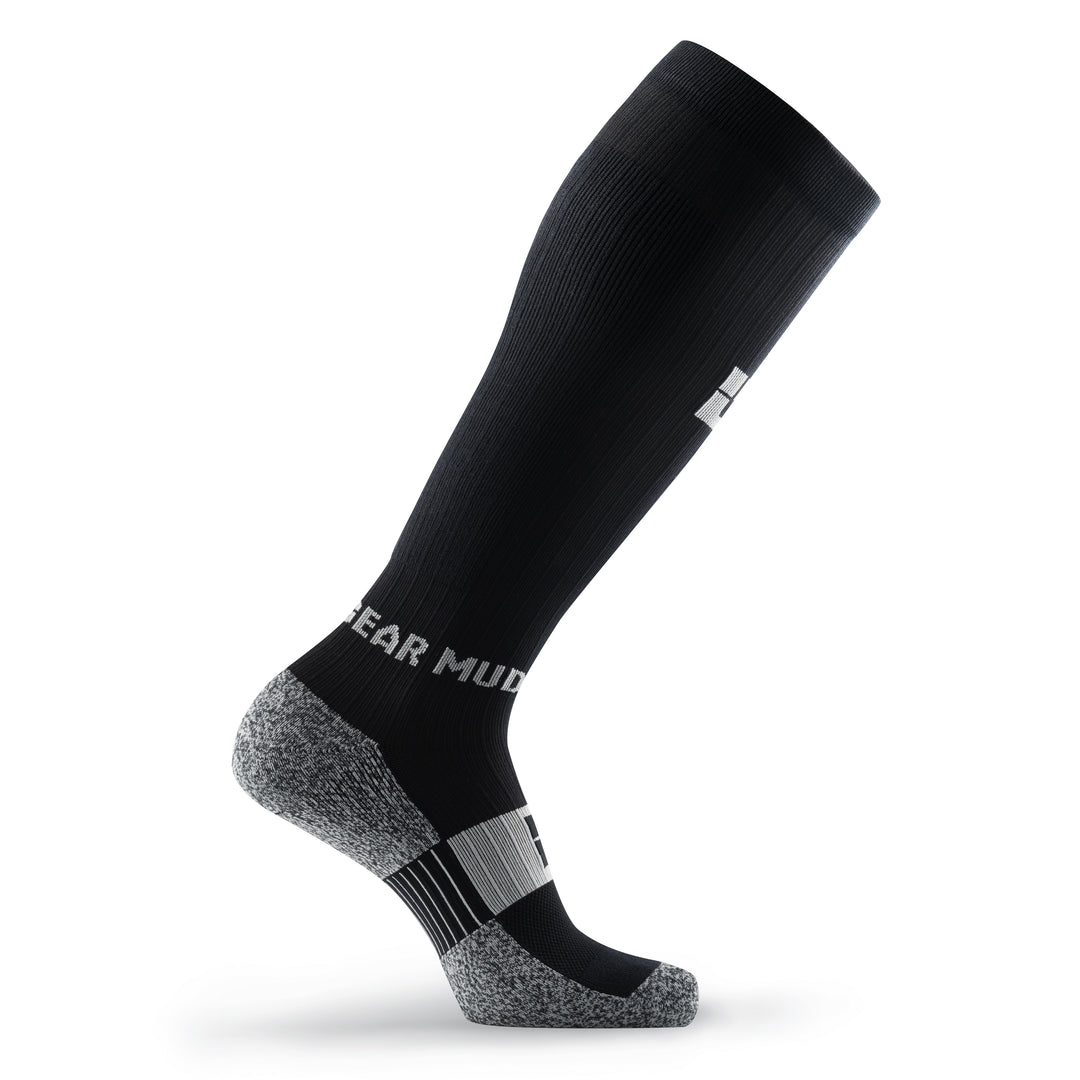
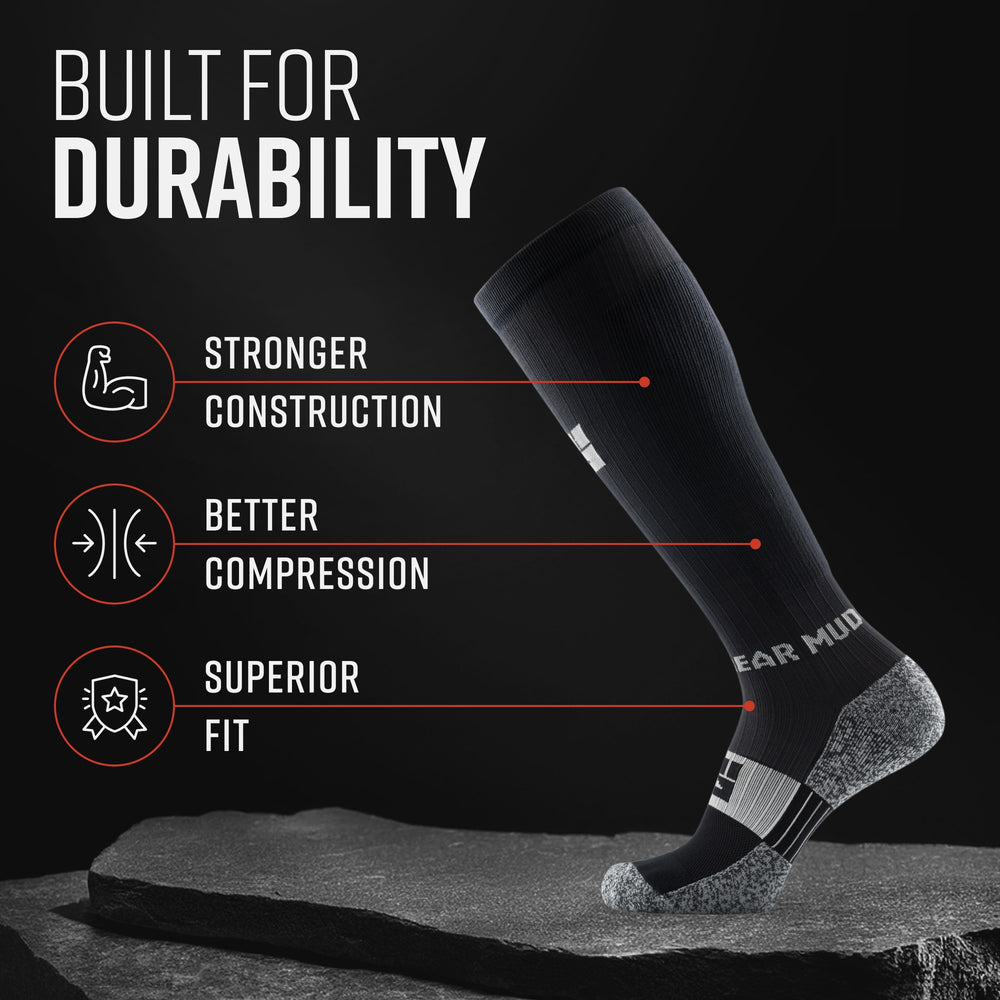
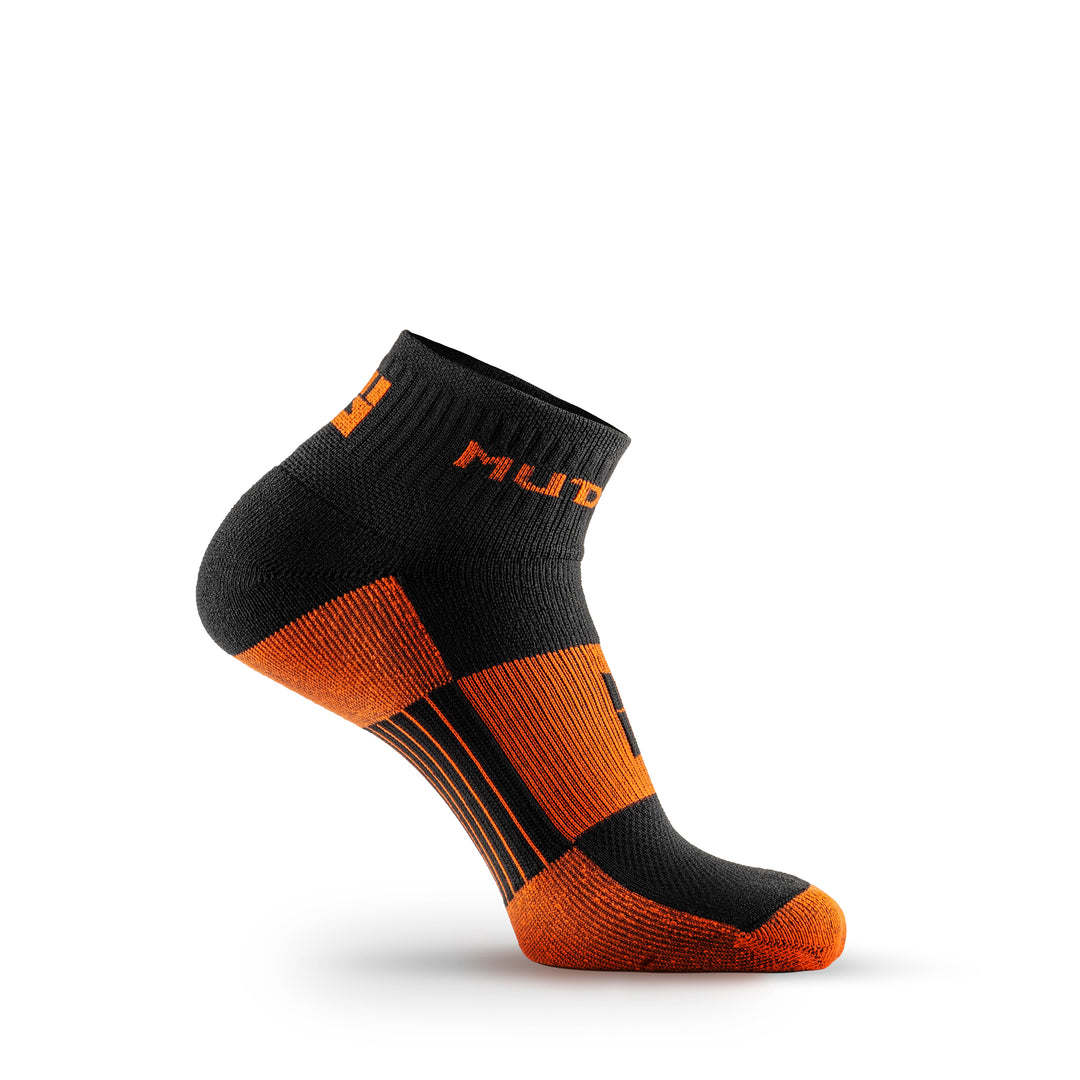
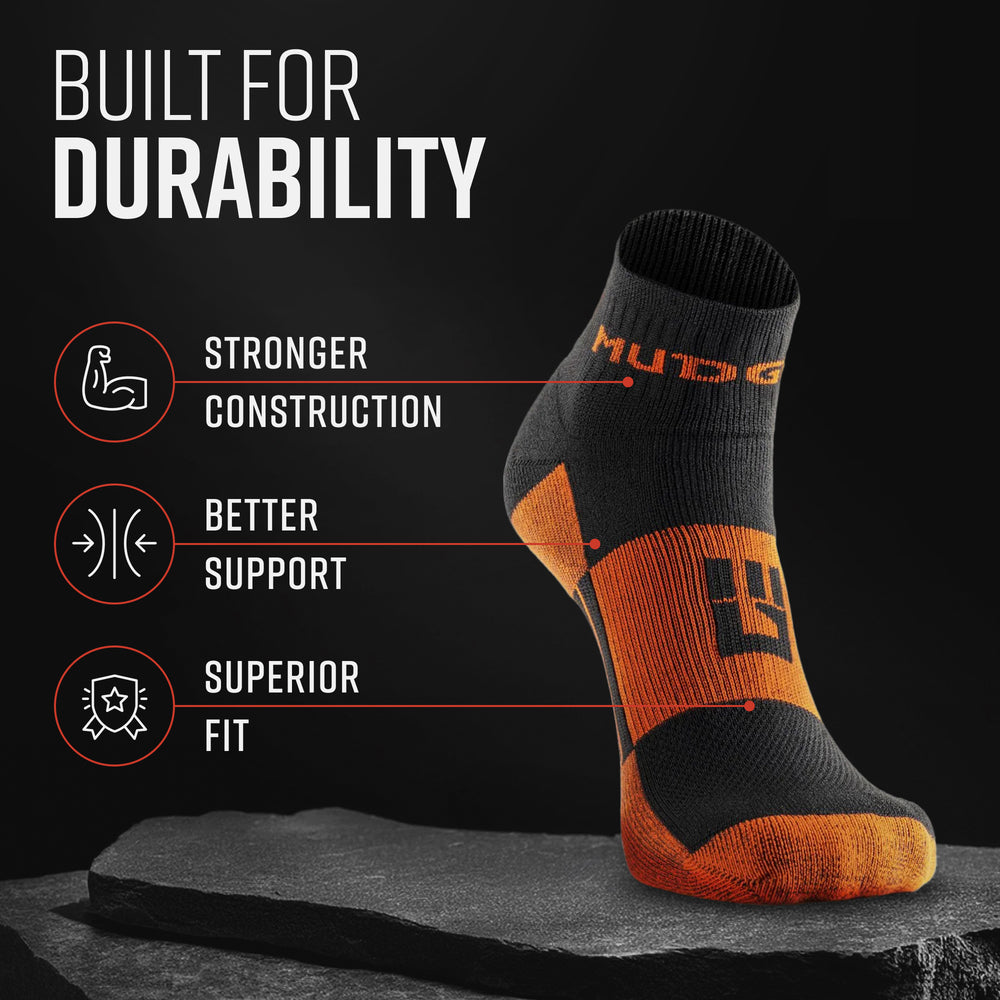


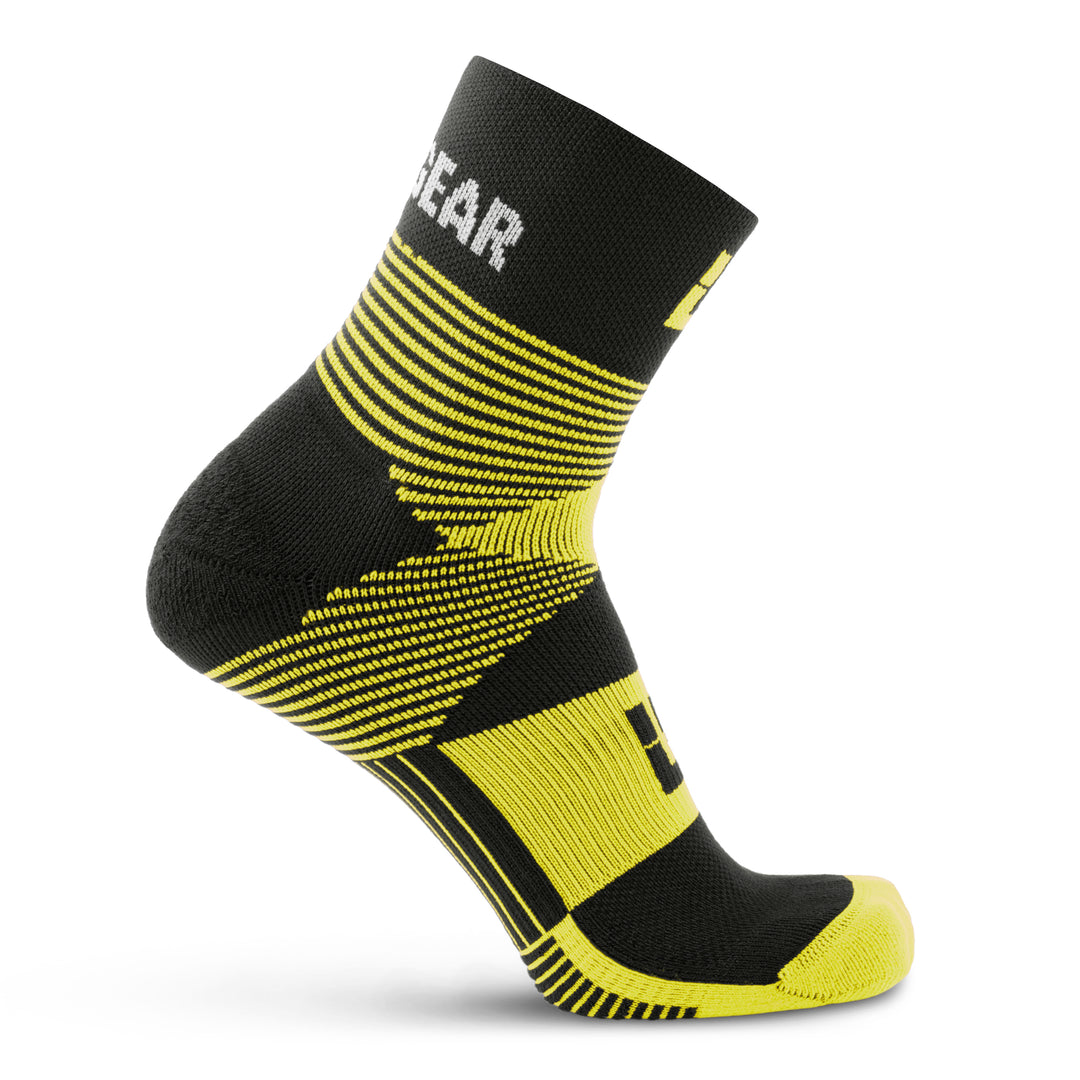
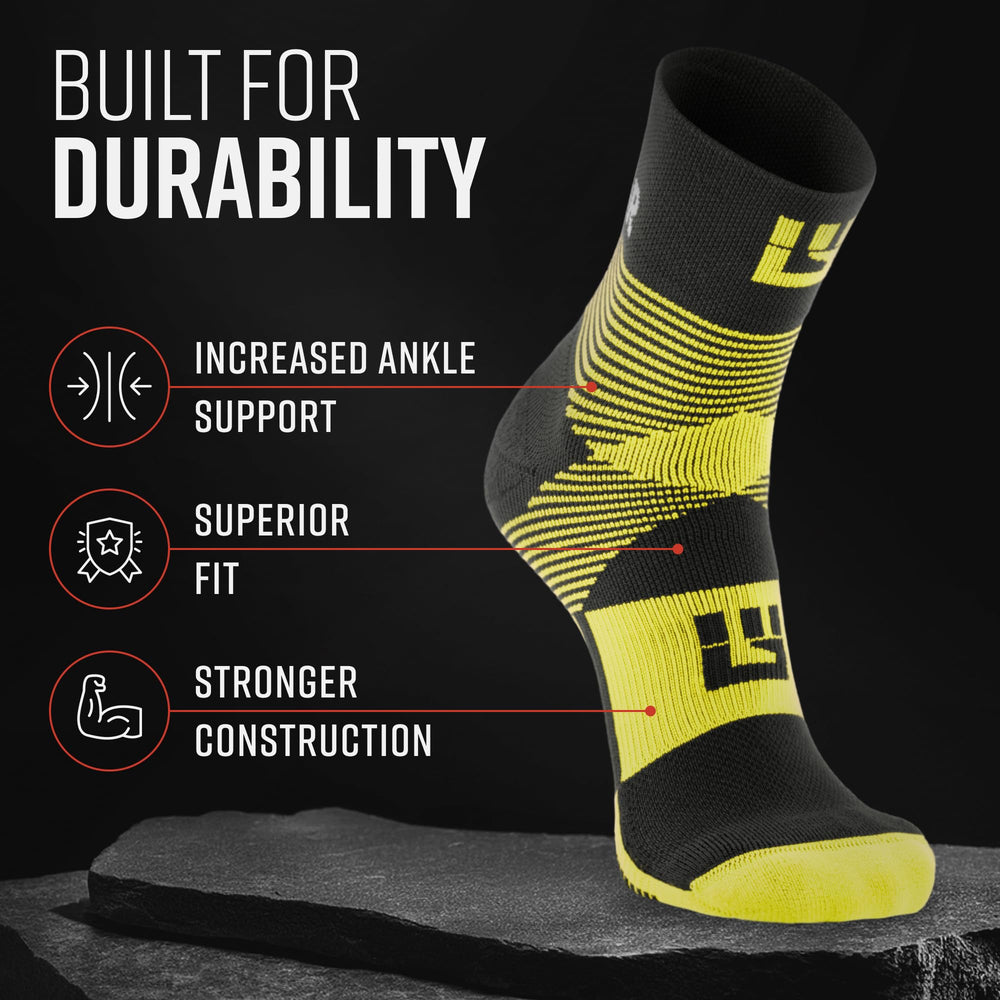

Kirk, appreciate you sharing these 5 training tips. Just finished up a great weekend at Palmerton Spartan. Kudos to Spartan for putting on a fantastic event. Not having access to serious mountains, like Palmerton to train on, my training partners and I are always looking for new ways to prepare for the physical and mental demands of mountain races. We look forward to implementing your suggestions into our training routine and reaping the benefits during our next race. Thank you and enjoy the rest of your summer!
Leave a comment